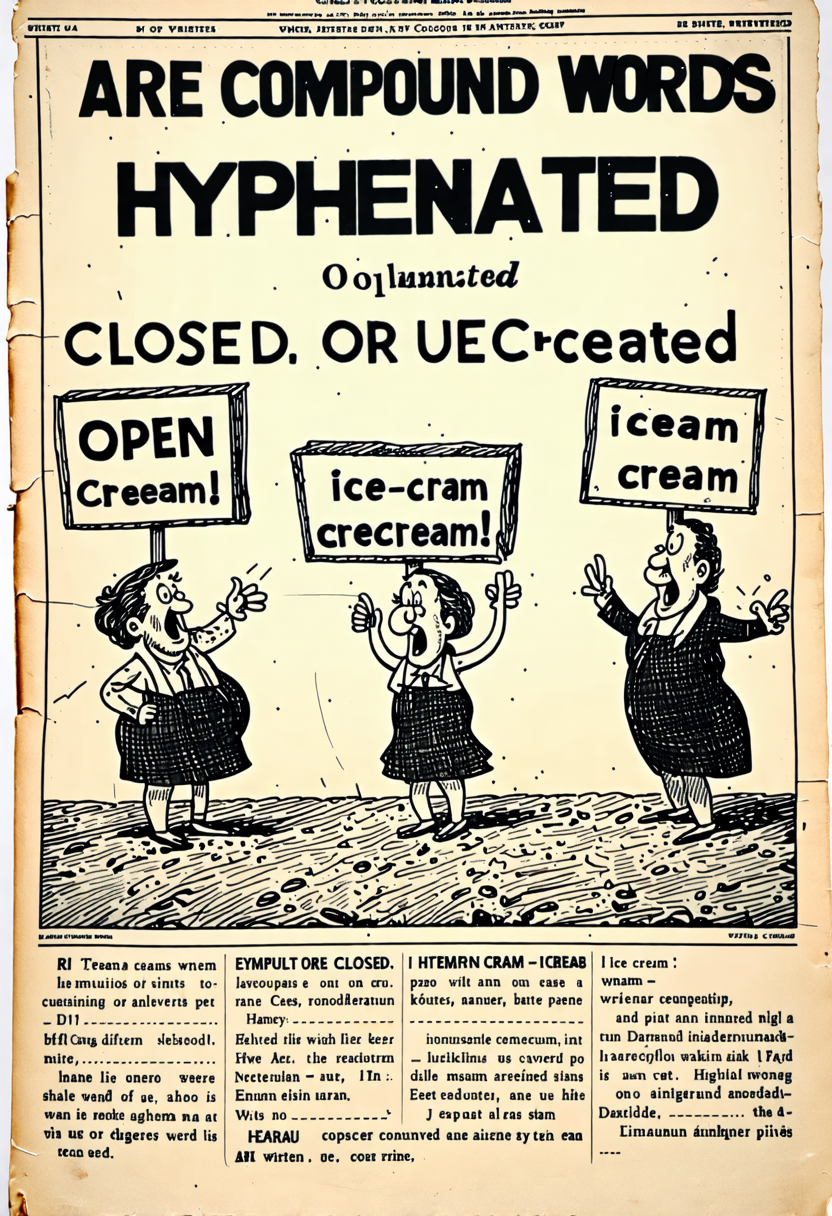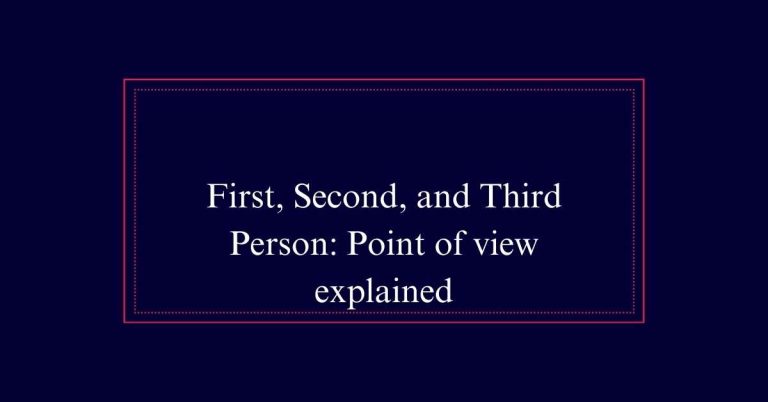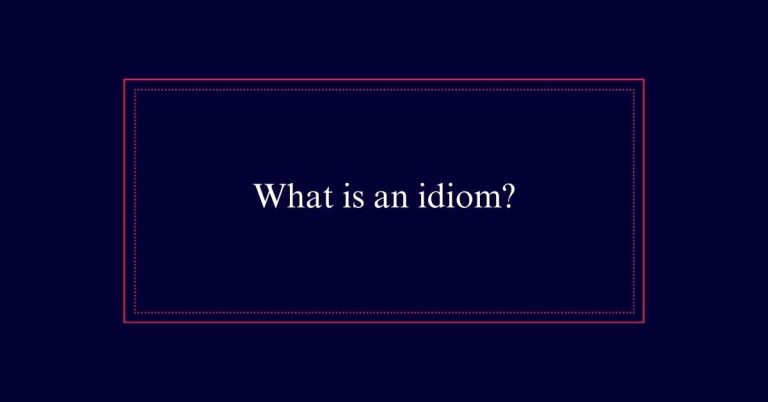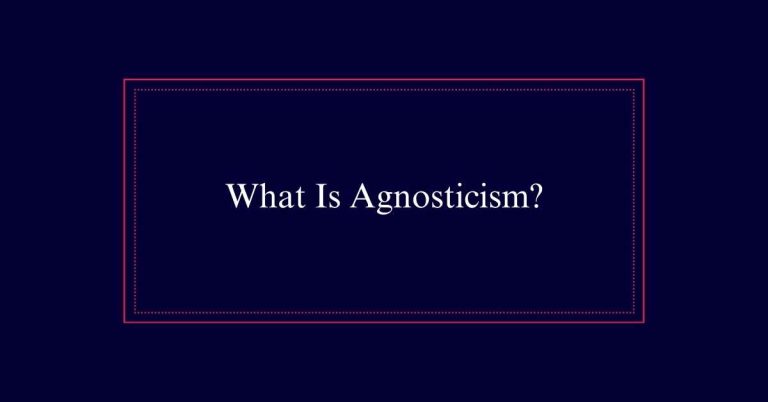Are Compound Words Open, Closed, or Hyphenated?
Compound words are combinations of two or more words forming a new meaning. They can be categorized as open, closed, or hyphenated. Open compounds have spaces between words, such as “ice cream.” Closed compounds merge words without spaces, like “notebook.” Hyphenated compounds use hyphens to connect words, for example, “mother-in-law.” Each type functions as a single unit in sentences, enhancing clarity and precision.
Definition of Compound Words
A compound word is a term that combines two or more words to create a new meaning. These words can be nouns, verbs, adjectives, adverbs, or prepositions. The new word formed has a unique definition that is separate from its individual components.
Compound words can appear in three forms: open (with spaces), closed (without spaces), or hyphenated. Regardless of their form, compound words function as single units in sentences. They streamline communication by merging concepts efficiently. Examples include ‘toothbrush,’ ‘high school,’ and ‘mother-in-law.’
Types of Compound Words
Understanding the types of compound words is essential for mastering their use in writing and speech.
Compound words can be categorized into three types: open, closed, and hyphenated.
Open compound words have spaces between the individual words, like ‘ice cream’ or ‘post office.’
Closed compound words combine words without spaces, forming a single entity, such as ‘notebook’ or ‘snowman.’
Hyphenated compound words use hyphens to connect words, as seen in ‘mother-in-law’ or ‘well-being.’
Each type affects the spelling, but not the usage or pronunciation.
Open Compound Words
Open compound words feature spaces between the individual words, creating phrases like ‘ice cream’ and ‘post office.’ These compounds function as single units of meaning despite their spaced appearance. They are common in both everyday language and formal writing.
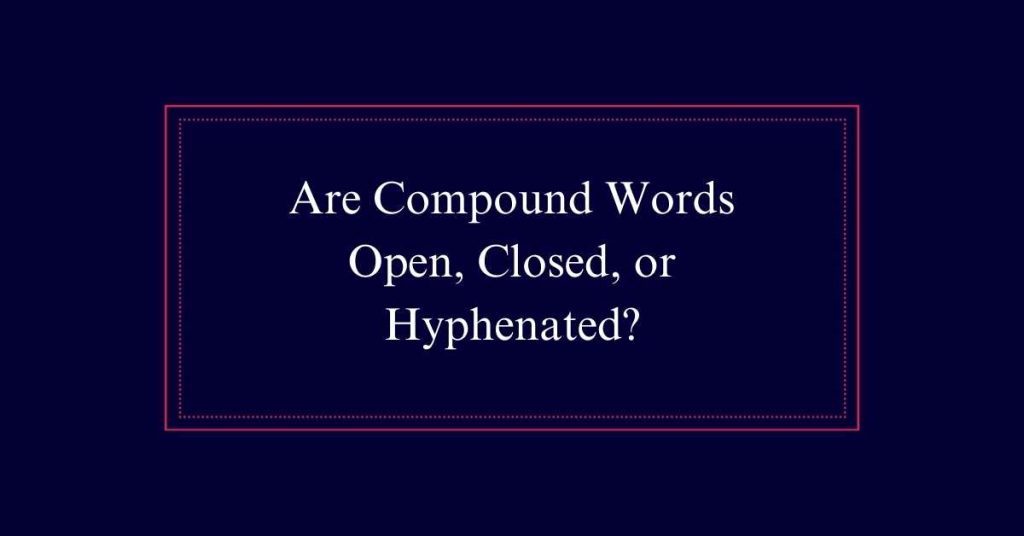
Examples include ‘living room,’ ‘high school,’ and ‘real estate.’ Open compounds often describe a specific concept or object, and their meaning is usually clear from the context. They can be nouns, such as ‘bus stop,’ or adjectives, like ‘high quality.’
Because they remain separate words, they are easier to read and understand. Open compound words enhance clarity and precision in communication, making them an essential part of the English language.
Closed Compound Words
Closed compound words are formed by merging two words into a single, unspaced term. These words function as unified nouns, verbs, or adjectives. Examples include ‘notebook,’ ‘sunflower,’ and ‘toothpaste.’
Closed compound words simplify writing by combining related concepts into one word. This reduces ambiguity and enhances readability. They often evolve over time as language usage changes. For instance, ’email’ was once written as ‘e-mail.’
Closed compounds are common in everyday language, making communication more efficient. They follow standard spelling rules and are easy to recognize. Understanding closed compound words is essential for clear and effective writing. They streamline text and convey specific meanings without the need for separations or hyphens.
Hyphenated Compound Words
Hyphenated compound words connect two or more words with a hyphen to create a distinct meaning. These compounds often serve as nouns, adjectives, or compound modifiers.
For example, ‘mother-in-law’ and ‘life-size’ are hyphenated compounds that illustrate how combining words can convey unique concepts. Hyphenation helps clarify meaning and guarantees readability in complex terms. It is particularly useful when words together might otherwise be confusing or ambiguous.
Rules for hyphenation can vary, especially in plural forms, such as ‘attorneys-at-law.’ Consistent use of hyphenated compounds improves writing precision and helps readers understand the intended meaning.
Examples of Open Compounds
Just as hyphenated compound words create new meanings through hyphenation, open compounds achieve this by keeping spaces between the words. These compounds consist of two or more words that function together as a single concept but maintain separate spacing.
Examples include:
- High school: Refers to an educational institution for teenagers.
- Living room: Denotes a common area in a home where people gather.
- Real estate: Pertains to property consisting of land or buildings.
- Post office: Indicates a public office where mail is received and sent.
- Coffee table: A low table typically placed in a living room.
Examples of Closed Compounds
How do closed compound words simplify our language and writing?
Closed compound words merge two or more words into a single unit, making communication more efficient. Examples like ‘bathroom,’ ‘blackberry,’ and ‘baseball’ illustrate how these compounds function as standalone words, streamlining both writing and reading. They eliminate the need for spaces or hyphens, reducing potential confusion.
Closed compounds can be nouns, adverbs, or prepositions, adapting seamlessly across various parts of speech. For instance, ‘cannot’ and ‘everyday’ are commonly used closed compounds. By condensing multiple words into one, closed compound words enhance clarity and brevity, making text more accessible and easier to comprehend.
This simplification aids in more effective communication.
Examples of Hyphenated Compounds
While compound words can take various forms, hyphenated compounds often provide clarity in complex terms. These compounds help prevent confusion and enhance readability. Common examples include:
- Mother-in-law: A familial relationship.
- Check-in: A process or location, such as at an airport.
- Life-size: Describing something at its actual size.
- Merry-go-round: An amusement park ride.
- Well-being: Referring to a state of health.
Hyphenated compounds are especially common in compound adjectives preceding nouns. They guarantee that the reader understands the words as a single concept. This practice is important in professional writing, where precision is key. Using hyphens appropriately maintains the intended meaning and avoids misinterpretation.
Pluralizing Compound Words
Pluralizing compound words can be tricky due to their varied structures and forms. For open compounds, typically only the main noun gets pluralized, such as ‘attorneys general’ or ‘mothers-in-law.’
Closed compound words usually add an ‘s’ or ‘es’ to the end of the word, like ‘toothbrushes’ or ‘notebooks.’
Hyphenated compounds follow different rules; the main noun is pluralized, such as ‘editors-in-chief’ or ‘runners-up.’
Consistency is key, and understanding the structure of the compound word helps in applying the correct pluralization. When unsure, consulting a dictionary can provide guidance.
Writing Tips for Compounds
Mastering the use of compound words can greatly enhance the clarity and professionalism of your writing. Here are some essential tips to keep in mind:
- Consistency: Stick to one form (open, closed, or hyphenated) throughout your document.
- Context: Use the type that best fits the context and maintains readability.
- Hyphenation: Hyphenate compounds that act as adjectives before nouns, like ‘well-known author.’
- Dictionaries: Refer to trusted dictionaries for correct forms and meanings.
- Clarity: Always choose the form that avoids ambiguity and ensures clear communication.
